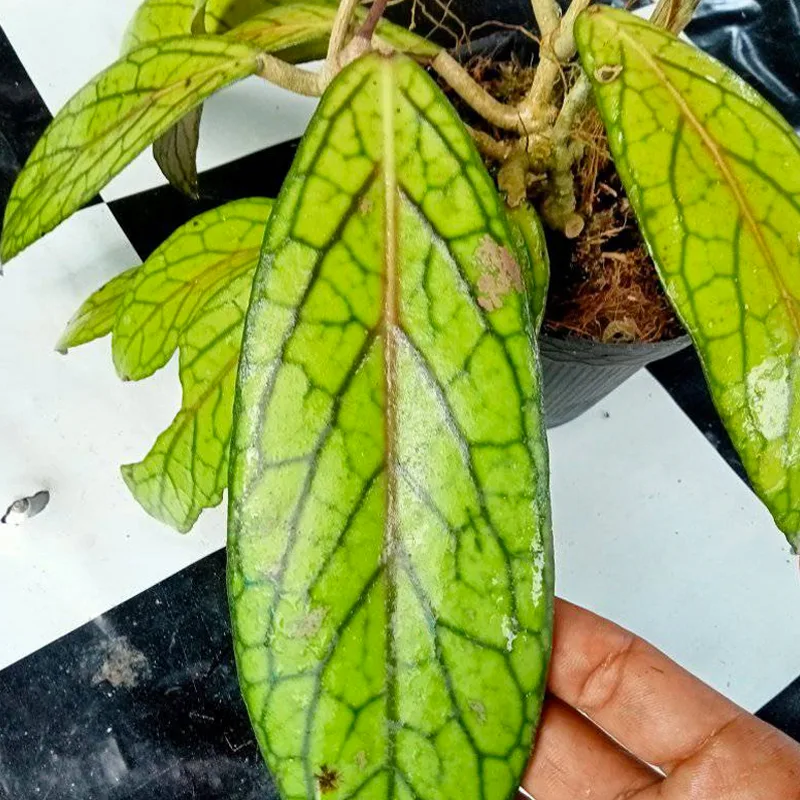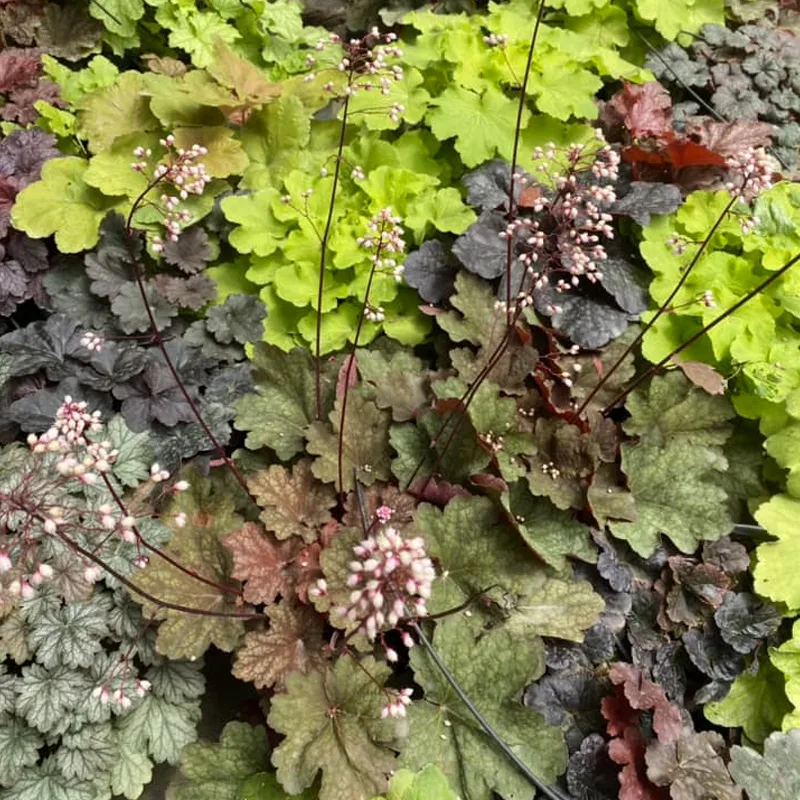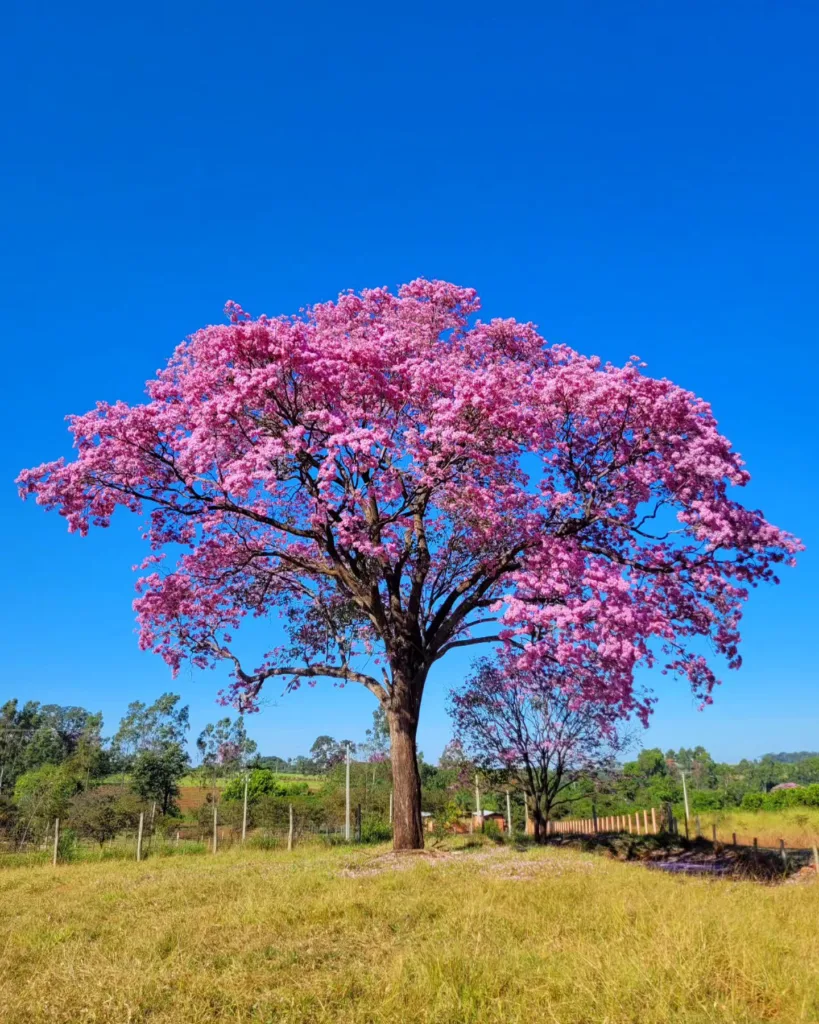
Frequently Asked Questions About Ostrich Fern
Ostrich Ferns (Matteuccia Struthiopteris, a synonym of Onoclea Struthiopteris) belong to the Aspleniaceae family, are a popular choice for gardens due to their lush, feathery foliage and easy care. Over the years, I’ve encountered a lot of questions about these beautiful plants. Let me share some insights on the most frequently asked questions about Ostrich Ferns.
Plant Family: 26 Genera in Aspleniaceae
Do Ostrich Ferns Die Back in Winter?
Yes, Ostrich Ferns typically die back in winter. In colder climates, their fronds will wither and turn brown with the arrival of frost. However, this is a normal part of their growth cycle. The plant will come back to life in the spring as new fronds emerge.
Where to Buy Ostrich Ferns?
You can find Ostrich Ferns at most garden centers and nurseries, especially those specializing in ferns or shade plants. They are also available online through various plant retailers. When purchasing, look for healthy, vigorous plants with no signs of disease.
Are Ostrich Ferns Invasive?
Ostrich Ferns are not generally considered invasive. They spread slowly through underground rhizomes, but they are not known to aggressively overtake other plants. Still, it’s good to monitor their growth and ensure they don’t crowd out other plants in your garden.
Are Ostrich Ferns Edible?
No, Ostrich Ferns are not considered edible. While some ferns have edible fiddleheads, Ostrich Ferns are not commonly consumed. It’s best to stick to more commonly known edible ferns like the Cinnamon Fern or the Bracken Fern if you’re interested in foraging.
How Big Do Ostrich Ferns Get?
Ostrich Ferns can grow to be quite large. They typically reach heights of 2 to 3 feet (60 to 90 cm) and can spread about 3 to 4 feet (90 to 120 cm) wide. Their size makes them a striking addition to a shaded garden area.
How to Grow Ostrich Fern?
Growing Ostrich Ferns is relatively straightforward. They prefer moist, well-drained soil and thrive in shaded or partially shaded areas. Here’s a simple guide to get you started:
- Site Selection: Choose a location that mimics their natural woodland habitat. They do well in shaded areas with moist, rich soil.
- Planting: Dig a hole twice the size of the root ball. Place the fern in the hole and backfill with soil. Water thoroughly.
- Watering: Keep the soil consistently moist, especially during dry spells. Avoid letting the soil dry out completely.
- Mulching: Apply a layer of mulch to retain soil moisture and keep weeds at bay.
How to Identify Ostrich Fern?
Identifying Ostrich Ferns is relatively easy once you know what to look for. Their fronds are long and feathery, resembling ostrich feathers, which is how they got their name. In spring, look for their distinctive fiddleheads, which are tightly coiled and covered in a brown, papery coating.
Is Ostrich Fern Deer Resistant?
Yes, Ostrich Ferns are generally deer-resistant. Deer tend to avoid ferns due to their tough, fibrous leaves. While no plant is completely deer-proof, Ostrich Ferns are less likely to be eaten by deer compared to other plants.
When to Plant Ostrich Fern?
The best time to plant Ostrich Ferns is in the spring or early fall. Planting during these seasons gives the fern time to establish its roots before extreme temperatures arrive. If you’re planting in spring, wait until the ground has thawed and you’re past the last frost.
Are Ostrich Ferns Evergreen?
No, Ostrich Ferns are not evergreen. They are deciduous, meaning they lose their fronds in the fall and regrow new ones in the spring. This seasonal change is a normal part of their growth cycle.
Are Ostrich Ferns Perennials?
Yes, Ostrich Ferns are perennials. They come back year after year, making them a reliable addition to your garden. They are hardy in a range of climates and can live for many years with proper care.
Can Ostrich Ferns Grow Indoors?
While Ostrich Ferns are primarily outdoor plants, they can be grown indoors in certain conditions. They need a cool, well-lit environment with high humidity. An indoor location that mimics their natural shady, moist habitat is ideal, but they generally prefer being outside.
Ostrich Fern vs. Cinnamon Fern
Ostrich Ferns and Cinnamon Ferns are both popular garden ferns but have distinct differences. The Cinnamon Fern (Osmunda cinnamomea) has cinnamon-colored spores in the spring and a more upright growth habit compared to the arching fronds of the Ostrich Fern. Cinnamon Ferns also grow in slightly wetter conditions and can reach taller heights.
Ostrich Fern vs. Lady Fern
Lady Ferns (Athyrium filix-femina) have a more delicate, lace-like appearance compared to the robust Ostrich Fern. Lady Ferns are smaller and tend to have a finer texture, while Ostrich Ferns are larger and more bushy. Both thrive in similar conditions, but Lady Ferns can handle slightly drier soil.
Ostrich Fern vs. Bracken Fern
Bracken Ferns (Pteridium aquilinum) differ significantly from Ostrich Ferns. Bracken Ferns have a more coarse texture and can be invasive in some areas. They are also more tolerant of dry conditions, unlike the moisture-loving Ostrich Fern.
Ostrich Fern vs. Fiddleheads
Fiddleheads refer to the young, coiled fronds of various ferns, including the Ostrich Fern. The term “fiddlehead” is used to describe the edible, young fronds of some ferns. While Ostrich Ferns produce fiddleheads, they are not typically consumed due to their tough texture compared to more tender varieties.
How to Care for Ostrich Fern?
Caring for Ostrich Ferns involves ensuring they have the right conditions to thrive. Here’s a summary of care tips:
- Watering: Keep the soil consistently moist.
- Mulching: Apply mulch to retain moisture and suppress weeds.
- Fertilizing: Feed with a balanced fertilizer in early spring.
- Pruning: Remove any dead or damaged fronds to encourage new growth.
Benefits of Ostrich Fern
Ostrich Ferns are excellent for adding texture and a lush green backdrop to shaded garden areas. They are low-maintenance, deer-resistant, and provide year-round interest with their seasonal growth cycle. Their large, feathery fronds create a dramatic effect in garden beds or as a focal point in a woodland setting.
Common Problems with Ostrich Ferns
Common issues with Ostrich Ferns include fungal diseases like rust or powdery mildew, usually caused by overly damp conditions. Ensuring proper air circulation and avoiding overhead watering can help prevent these problems. Additionally, keep an eye out for pests such as slugs and snails, which can occasionally damage the fronds.
In summary, Ostrich Ferns are versatile, low-maintenance plants that bring beauty and texture to shaded areas of the garden. Whether you’re planting them in your yard or considering them for indoor growth, they offer a range of benefits and a striking appearance.
If i die, water my plants!


